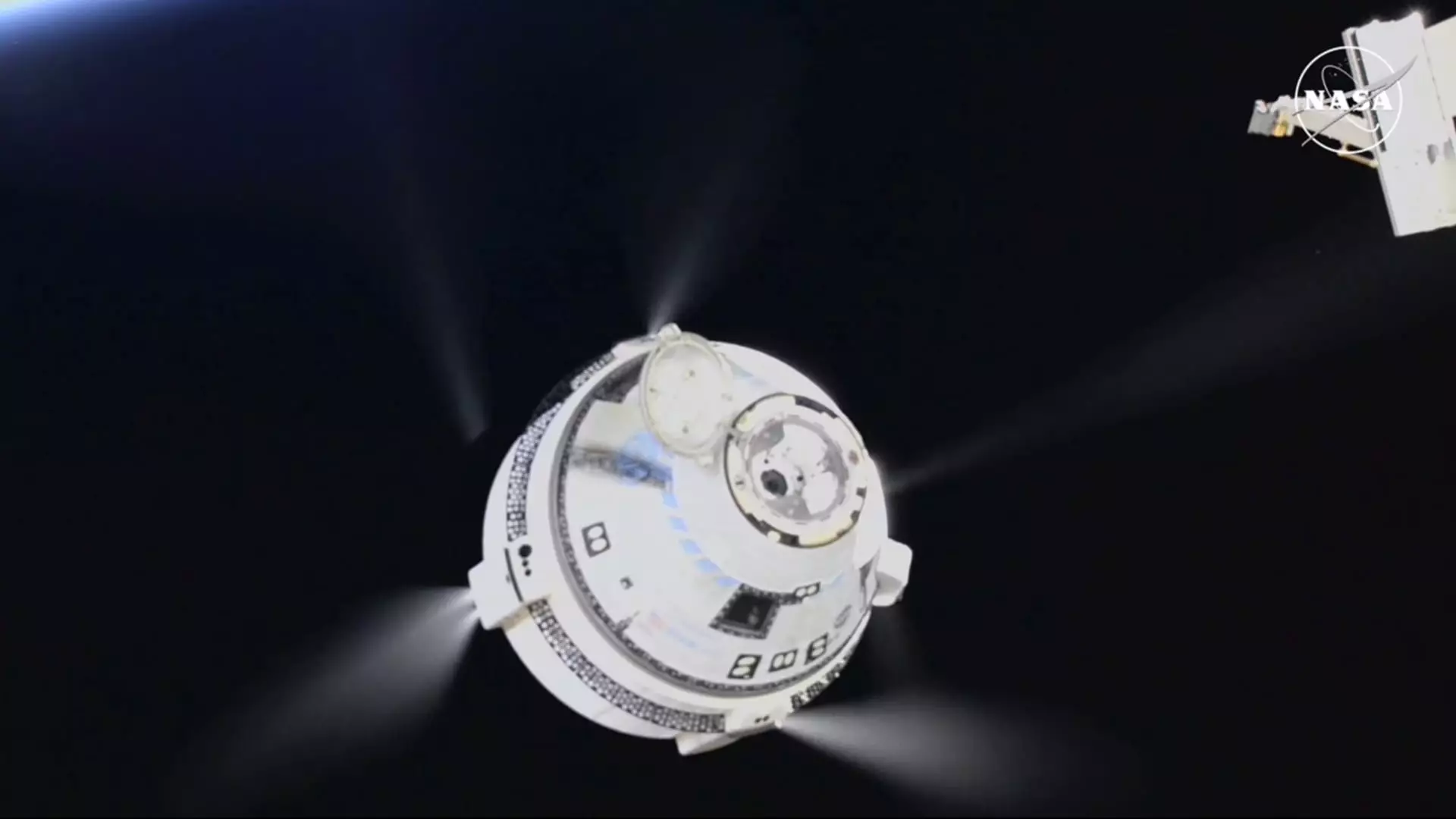Boeing’s Starliner finally undocked from the International Space Station on Friday, after a lengthy delay. Originally scheduled to depart months earlier, the spacecraft left without the two astronauts it had delivered to orbit in early June. NASA test pilots Butch Wilmore and Suni Williams will remain at the ISS until February when they will return to Earth aboard SpaceX’s Dragon spacecraft. The undocking took place at 6:04 p.m. ET on Friday, and the capsule is expected to land at White Sands Space Harbor in New Mexico after a six-hour journey back to Earth.
With the absence of astronauts on board, the undocking process was adjusted to ensure the safety of the ISS. NASA officials mentioned that the spacecraft would operate differently without a crew, highlighting the importance of having manual control capabilities in case of emergency. Despite the challenges, NASA expressed confidence in the safe return of the Starliner capsule, reinforcing the need for thorough data collection and analysis following the extended mission.
The return of Boeing’s Starliner capsule, named “Calypso,” marks the end of a test flight that surpassed initial duration estimates. Originally planned for a nine-day mission, the spacecraft spent approximately three months at the ISS due to propulsion system issues. Delays in the return were attributed to the ongoing investigation into the thruster problems, with Boeing emphasizing the safety of the capsule for potential astronaut transport. However, NASA’s decision to send Starliner back empty reflects the agency’s commitment to understanding the underlying causes of the technical challenges.
The setback in Boeing’s Starliner mission has significant implications for NASA’s Commercial Crew Program. Intended to establish two competitive providers for missions to the ISS, the delayed test flight has raised concerns about Boeing’s progress and future involvement in the program. With substantial financial losses already incurred, Boeing faces uncertainties regarding its partnership with NASA and potential implications for the aerospace industry. The setback also highlights the importance of robust testing and collaboration in space exploration endeavors.
The return of Boeing’s Starliner capsule underscores the complexities and challenges of space missions, particularly in the context of NASA’s Commercial Crew Program. While the extended test flight presented obstacles and delays, it also provided valuable insights into the intricacies of spacecraft operations and the necessity of thorough testing protocols. Moving forward, the aerospace industry will need to address technical issues, enhance collaboration, and prioritize safety to advance space exploration efforts.

